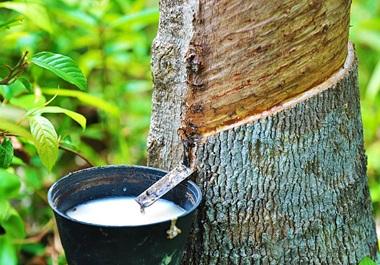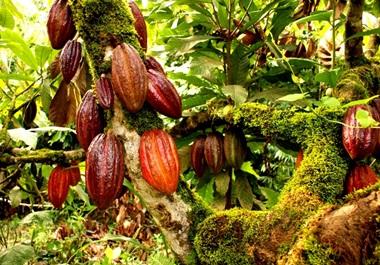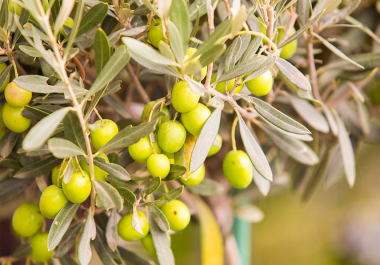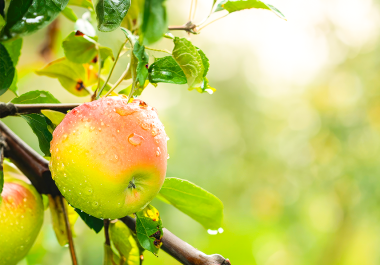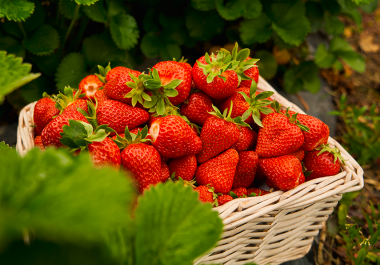Harvest Time
1 year
Cotton Tree Production
ROI
10.00% - 40.00%
Cost Per Unit
$20.00 USD
Invest End Date
25 Aug, 2024
Project Overview
Moon Drop Grapes
Just this year, this elongated purple-skinned grape made its way to markets, and boy are we happy it did. The person to thank for this variety is Dr. David Cain, a plant breeder and scientist who works for the grape-growing company Grapery, developing new types. He has been working on the Moon Drop for about 15 years, cultivating the plant from a Middle Eastern sample. No, it's not a GMO fruit; Cain practices old-school plant breeding, which is why it took so long to develop this novelty.
Fibre Crops
Fibre crops are the crops grown in fields for their fibres that are used to make ropes, paper, cloth, etc. These are a type of natural fibre, obtained naturally and directly from different plant sources. They are known for their length, width, tenacity, uniformity, spinning pliability, and flexibility. Common sources of plant fibres include cotton, jute, coir, hemp, and flax.
Fibres are the sclerenchyma cells associated with vascular tissues and are a component of the plant skeleton. These cells are long with pointed ends and are raw materials available in thin, long, continuous threads and flexible strands that are spun into yarn and made into fabrics. Before synthetic fibres were introduced, natural fibres from fibre crops were extensively used in the manufacturing of cloth, paper, ropes, and more. Due to their high cellulose content, these fibres are very strong.
Fibre crops are grouped into three categories: textile fibres, cordage fibres, and filling fibres.
Project About
Definition of Fibre Crops
“Fibre crops are the crops grown in fields for their fibres that are used to make ropes, paper, cloth, etc.”
What are Fibre Crops?
Fibre crops, or plant fibres, are a type of natural fibre obtained naturally and directly from various sources of plants and their products. These fibres are notable for their high length, width, tenacity, uniformity, spinning pliability, and flexibility. Common sources of plant fibres include cotton, jute, coir, hemp, and flax.
Fibres are sclerenchyma cells associated with vascular tissues and are a vital component of the plant skeleton. These cells are long with pointed ends and are raw materials available in the form of thin, long, continuous threads and flexible strands that can be spun into yarn and made into fabrics.
Importance of Fibre Crops
Before the introduction of synthetic fibres, natural fibres derived from fibre crops were extensively used in manufacturing cloth, paper, ropes, and other products. These natural fibres are very strong due to the presence of cellulose, making them ideal for various industrial applications.
Fibre crops are categorized into three groups based on their use: textile fibres, cordage fibres, and filling fibres.


